- Antipasti
- Bella Italia
- Dessert
- Drinks
- Favorite Italian recipes
- Main courses
- Pasta
- Pizza
- Side dishes and salad
- Tips & Knowledge
Vitello Tonnato – Italian recipe
Vitello tonnato (from the Italian vitello for veal and tonno for tuna) is a typical Piedmontese dish that is served cold. It consists of thin slices of veal coated with a sauce made from tuna, egg yolk, anchovies, capers, olive oil and lemon juice. Vitello tonnato is one of Italy's classic antipasti. Try it out for yourself!
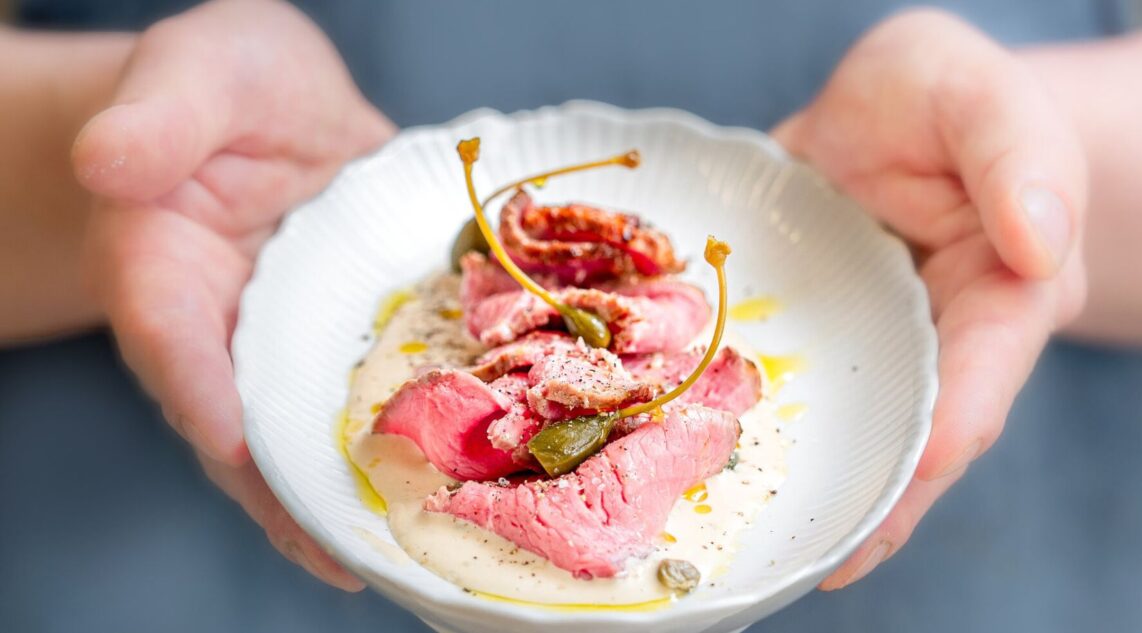
Table of contents
- Cooking thread, to bring the meat into shape
- Meat thermometer
Schritt für Schritt durch´s Rezept
- Step 1Tie the meat into a round shape, season with salt on all sides and fry in oil.
- Step 2Insert a thermometer into the meat! Then cook it for 45 – 50 minutes in the oven at 100° C fan oven. It is ready when a core temperature of 55° C is reached.
- Step 3Leave the cooked meat to cool and rest in the fridge overnight.
- Step 4Put the oil to one side. Place the remaining ingredients in a blender and blend until a homogeneous mixture is formed.
- Step 5Now mix in the oil drop by drop.
- Step 6If the tuna cream becomes too thick, you can dilute it with a few drops of water.
- Step 7Cut the saddle of veal into the thinnest possible slices.
- Step 8Spread a thin layer of tuna sauce on each plate. Then arrange a few slices of veal loin on top.
- Step 9Spoon some tuna cream over the slices and place the rest in a bowl on the table.
- Step 10Garnish the dish with caper apples, pepper, oil and rocket.
Where Vitello Tonnato comes from
It is most likely that it comes from Cuneo in Piedmont. However, Lombardy, Veneto and Emilia-Romagna are also possible origins. Vitello tonnato is firmly anchored in the culinary memory of all these regions.
The first references to the dish in its original composition date back to the 18th century. Originally, the recipe did not contain tuna. It was probably called “tonnato” because the meat was cooked in the manner of tuna.
Pellegrino Artusi, the great gourmet and founder of Italian national cuisine, presented the dish in its modern version in his book “La scienza in cucina e l’arte di mangiar bene”, published in 1891.
In addition to the widespread cold version, a warm version used to be very popular, especially in Lombardy.
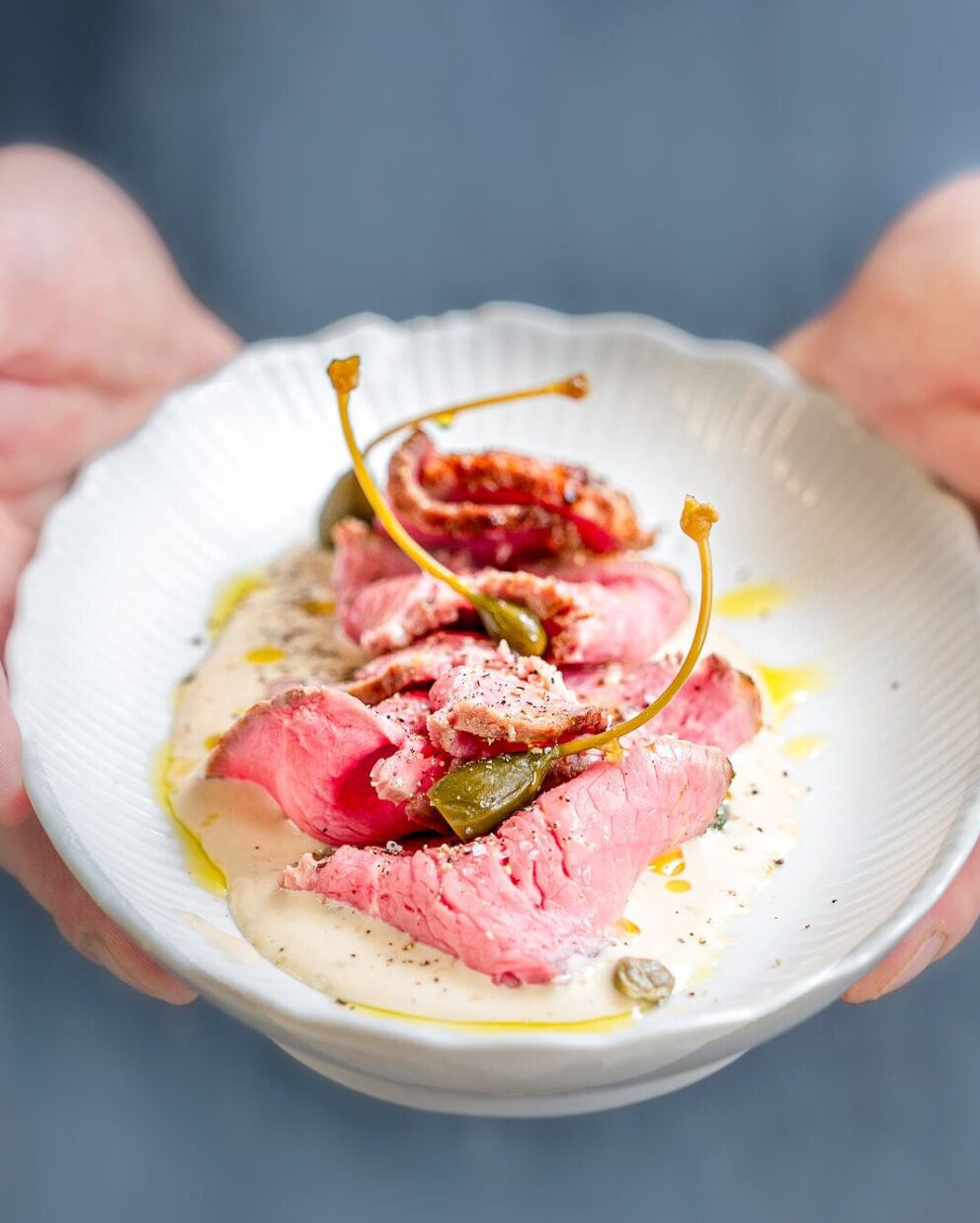
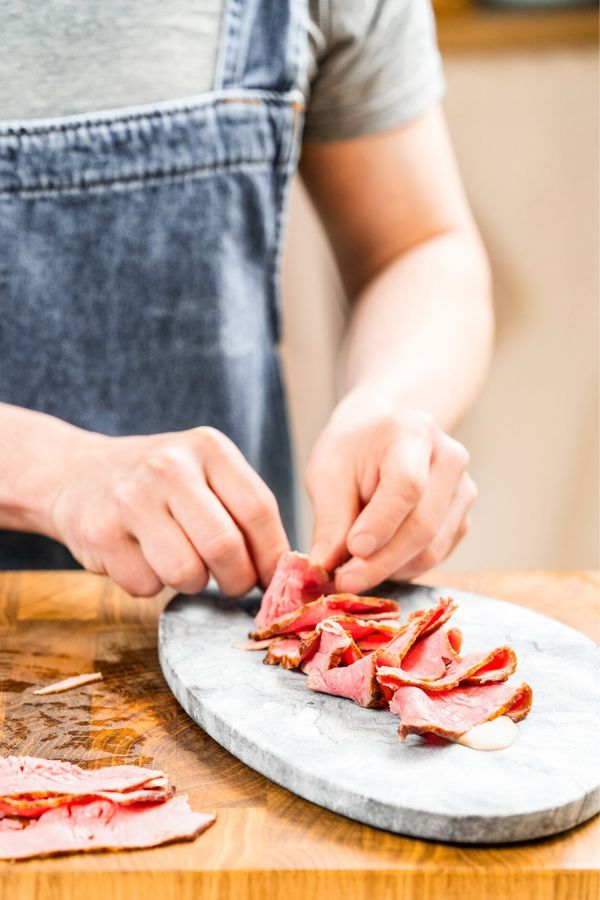
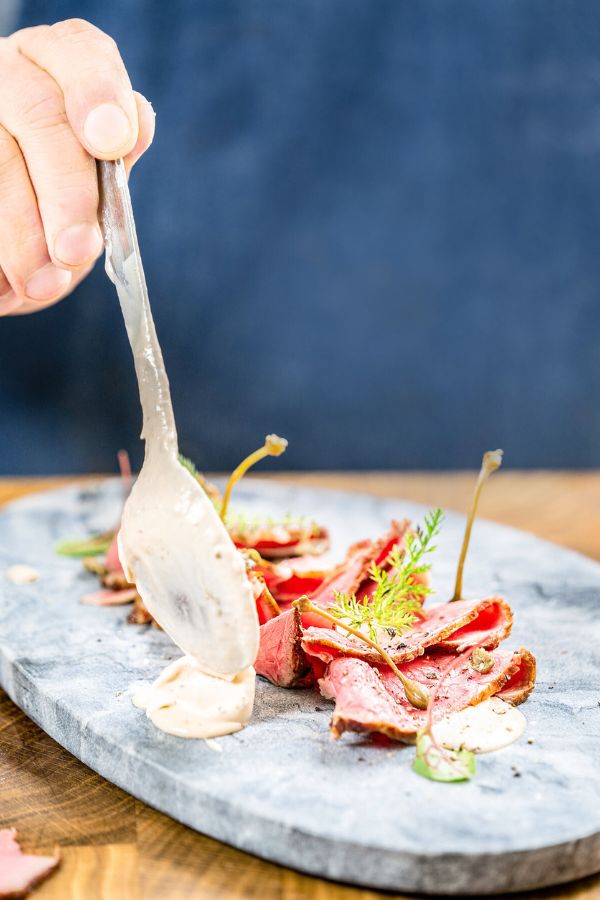
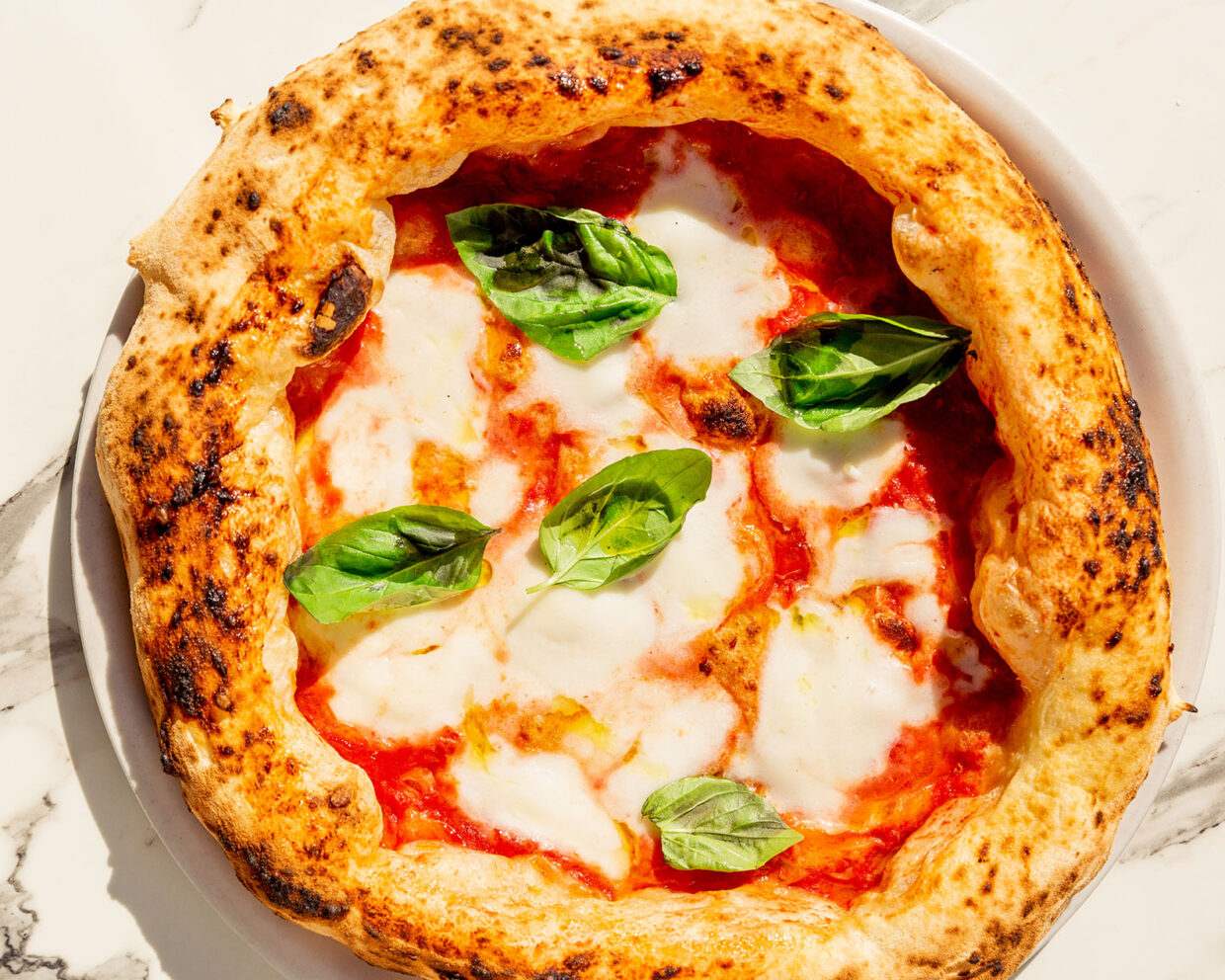
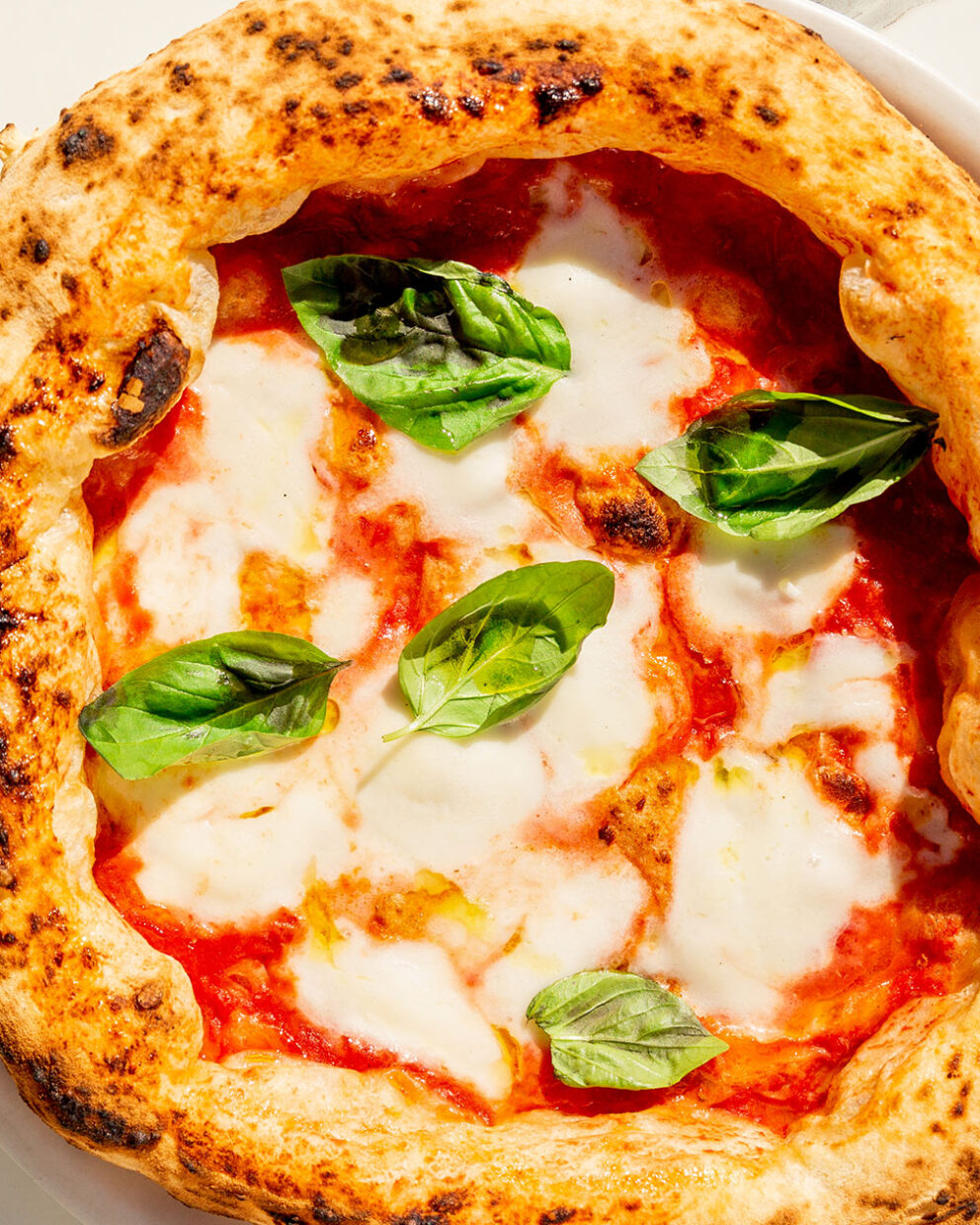
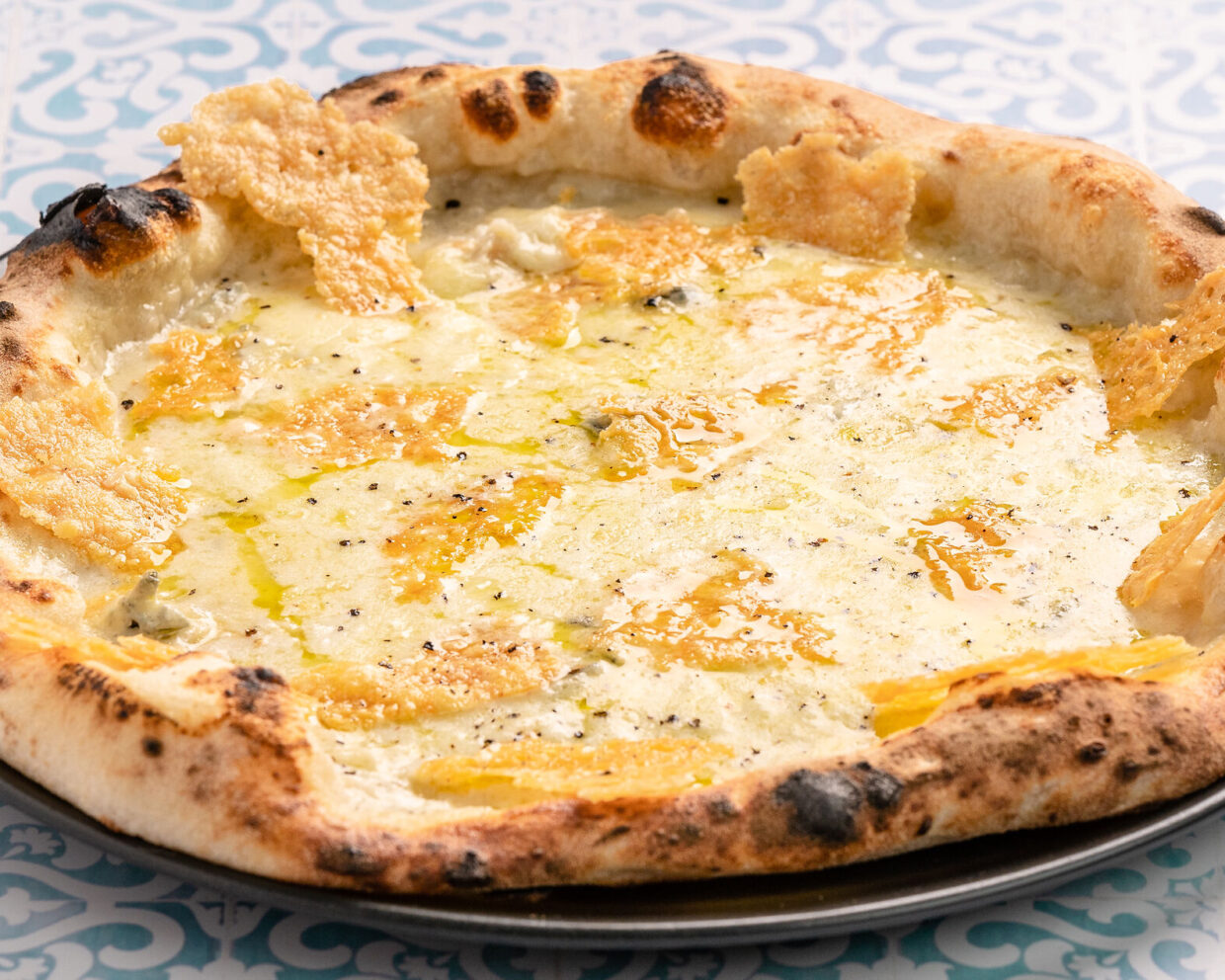
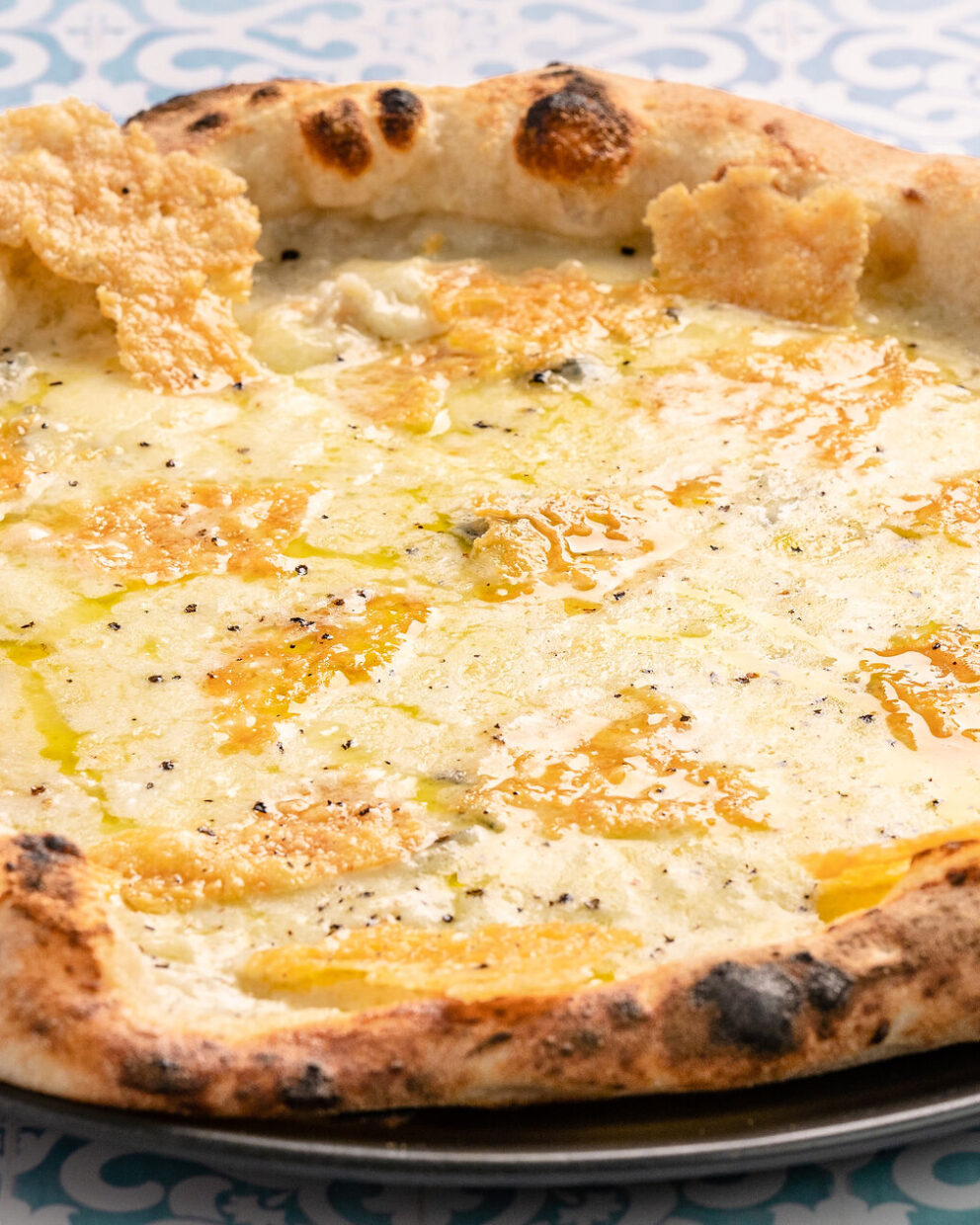
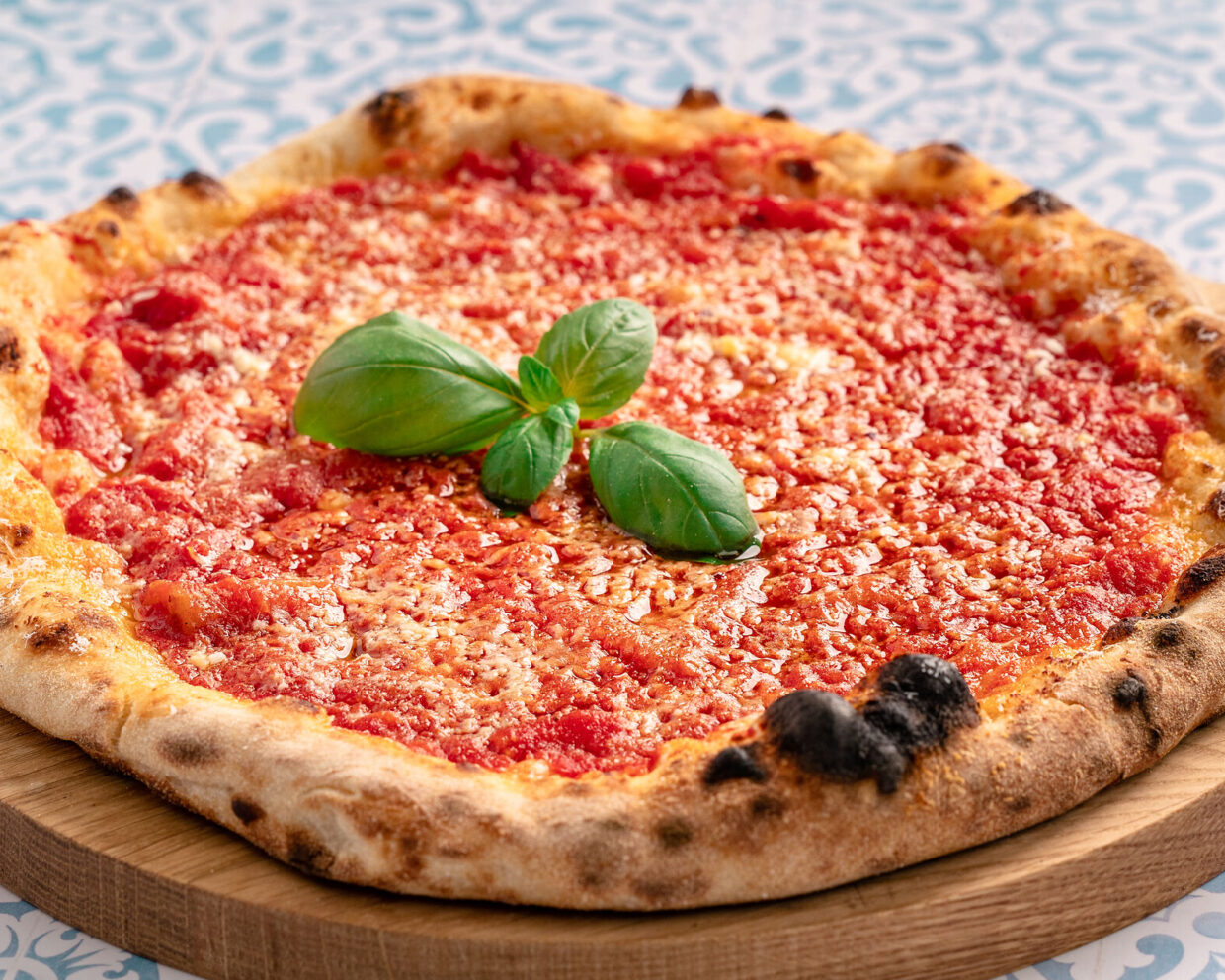

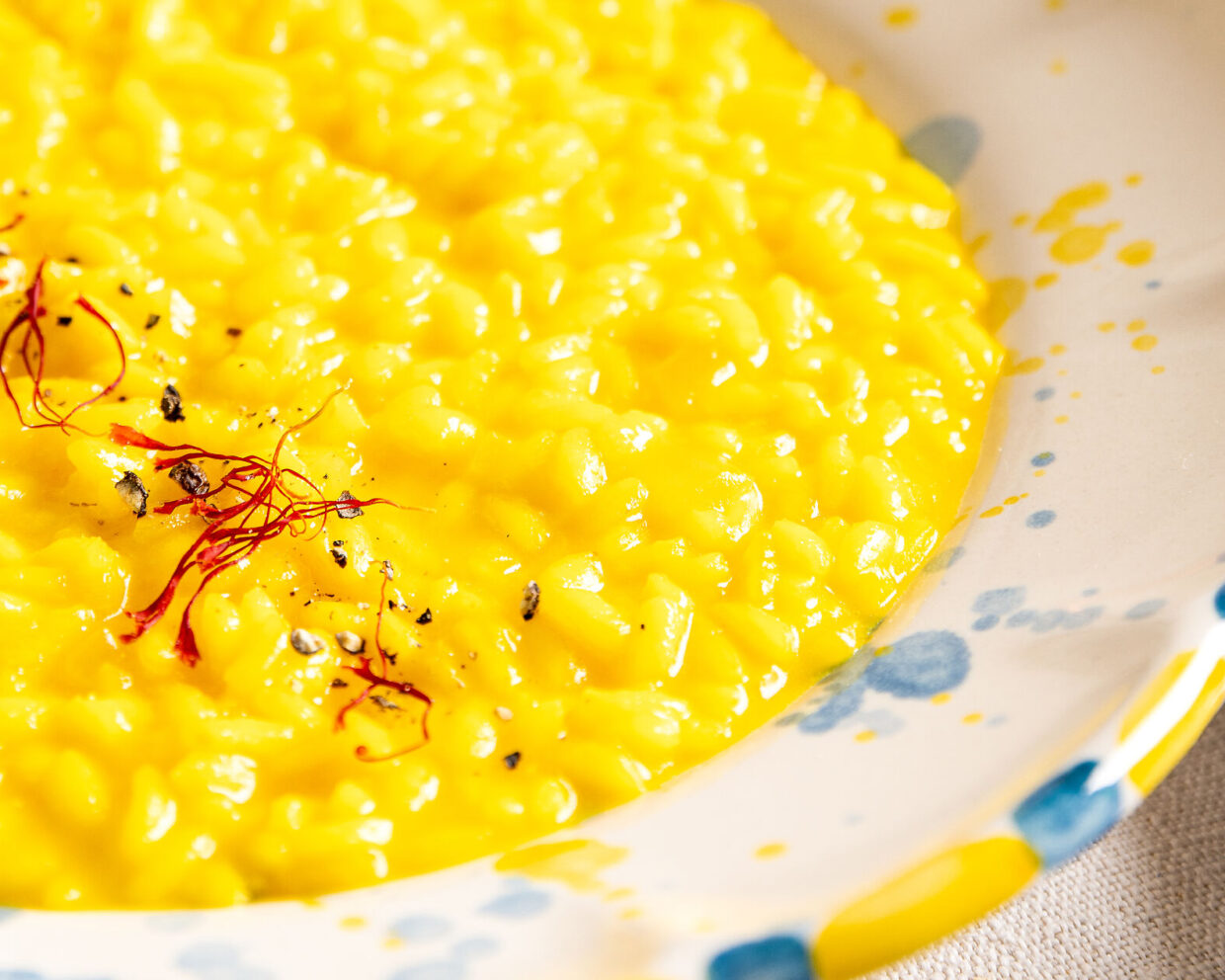
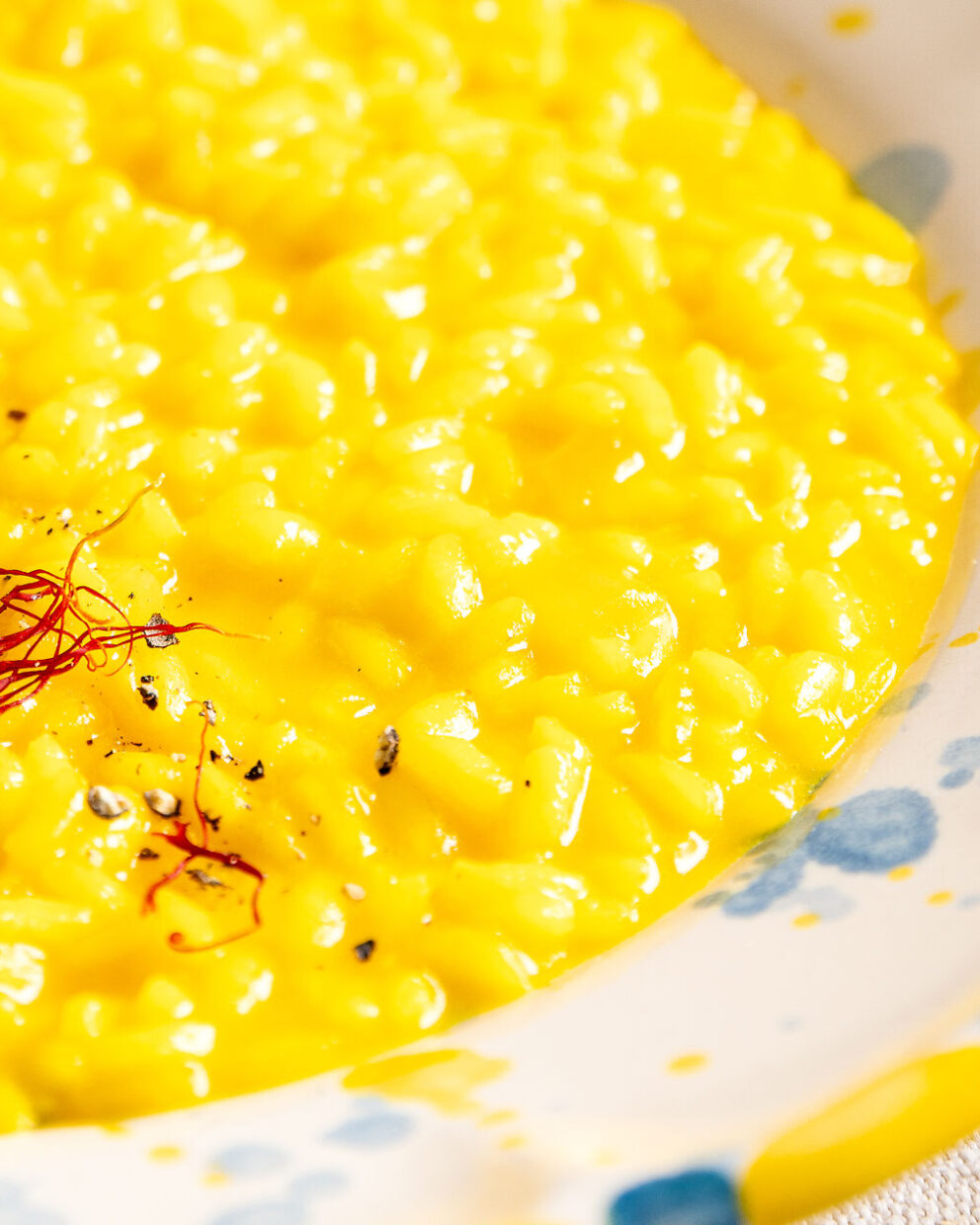
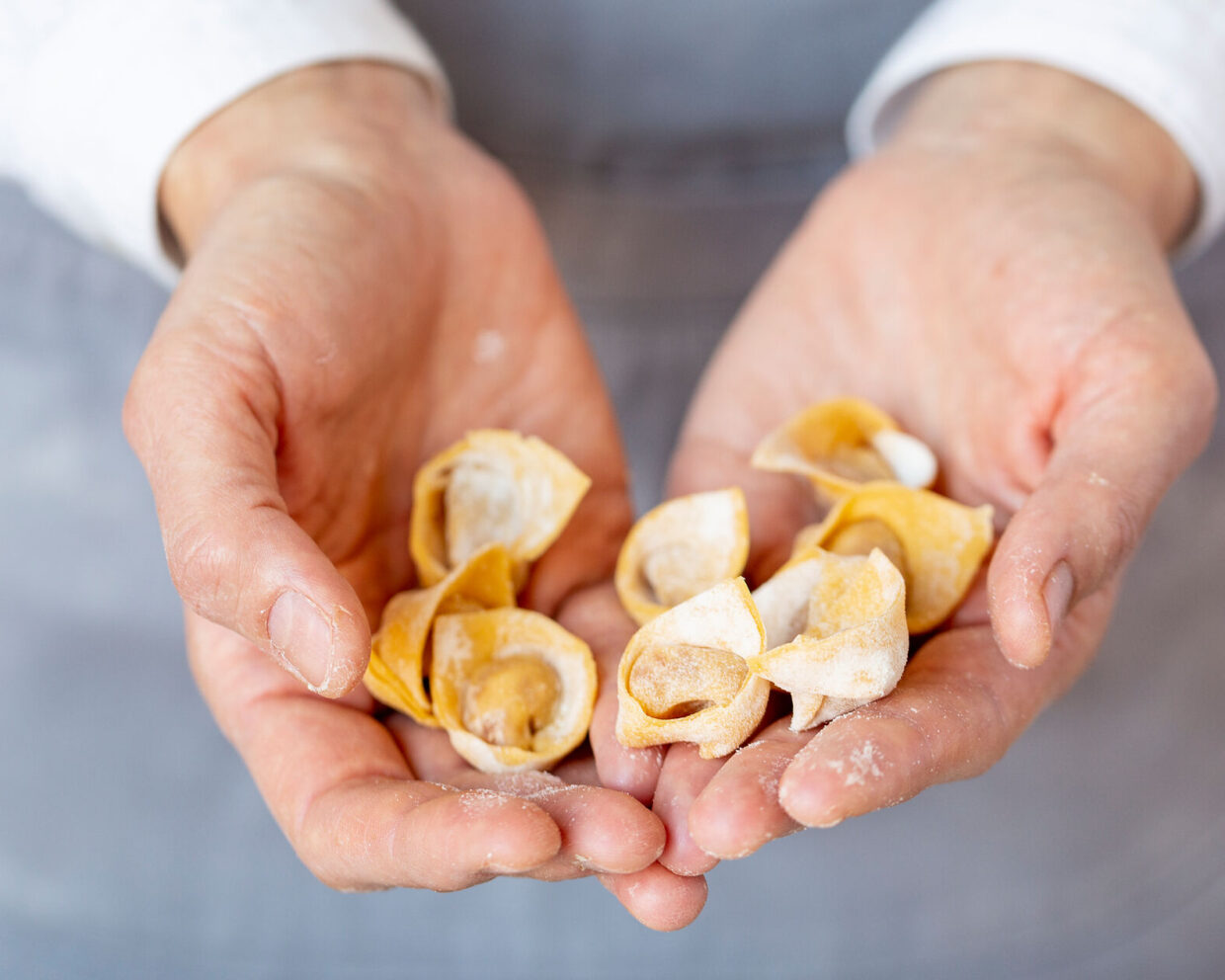
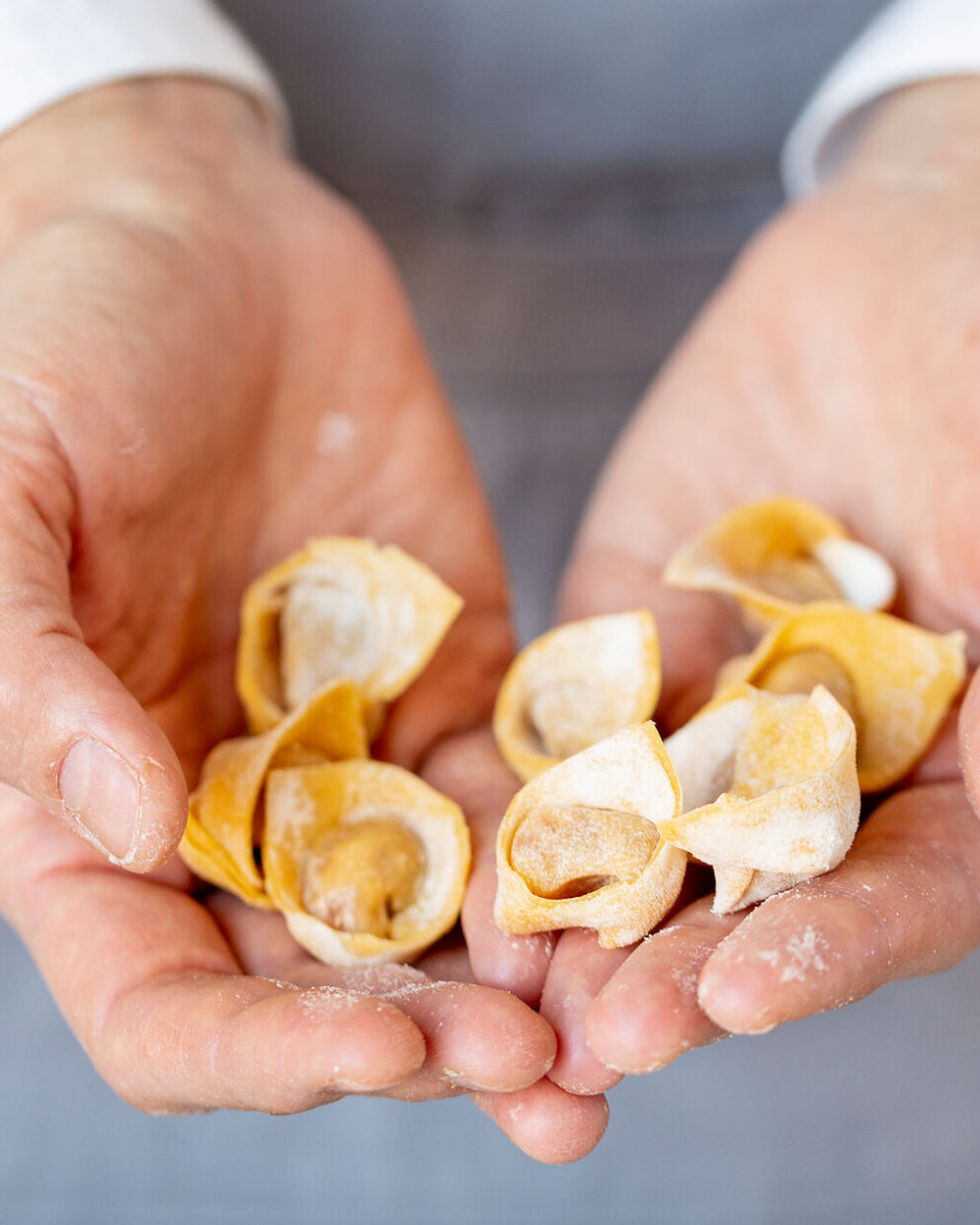
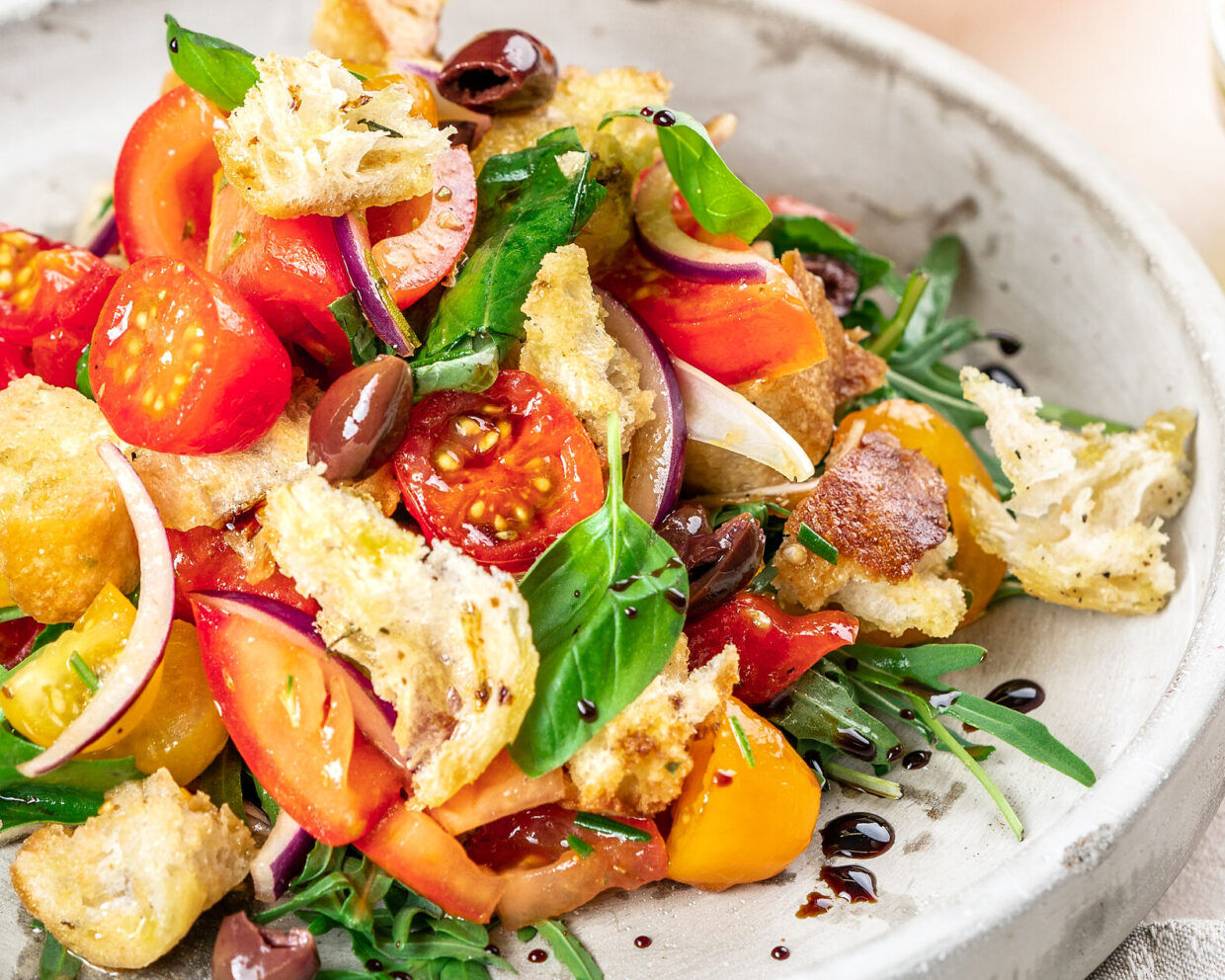
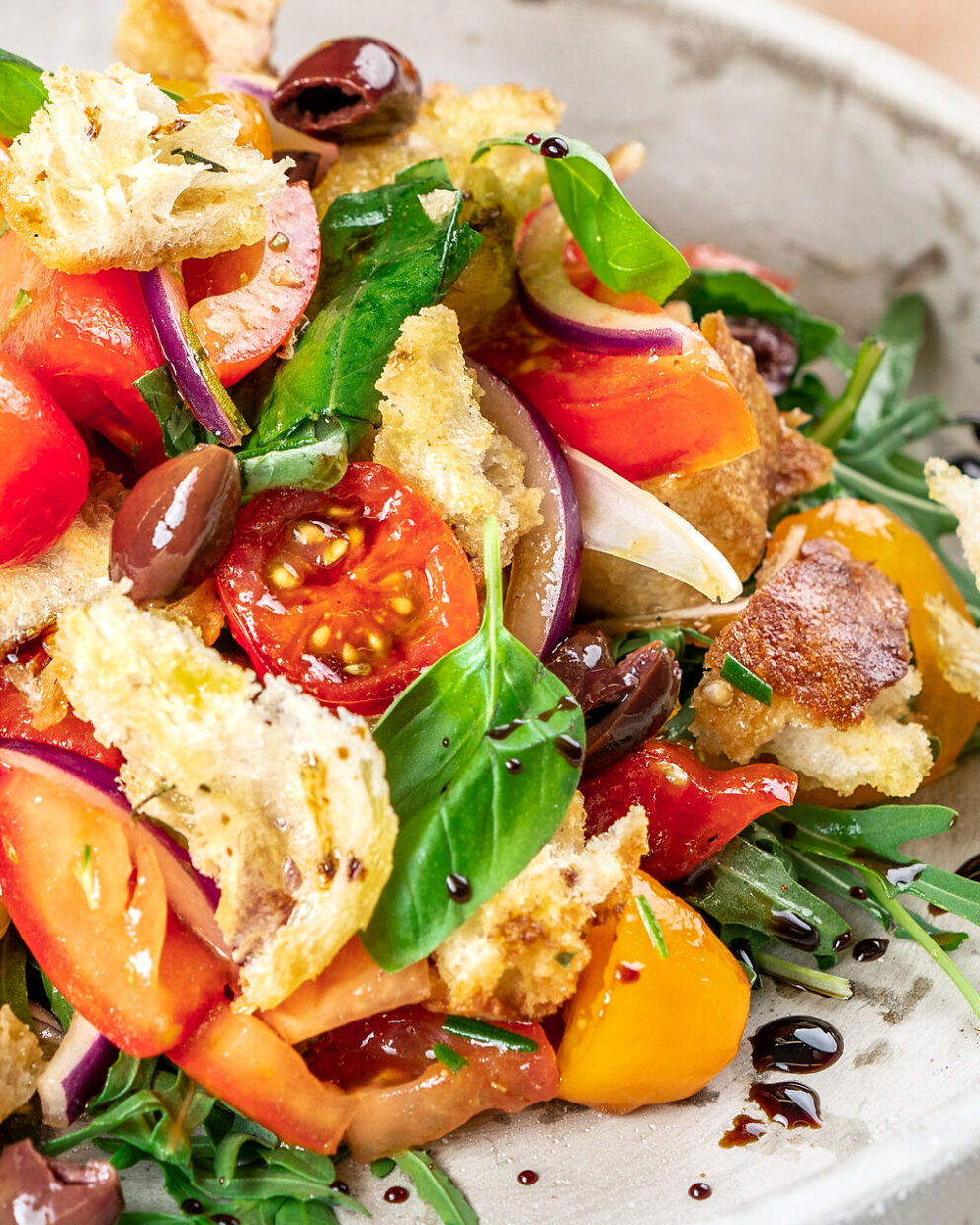
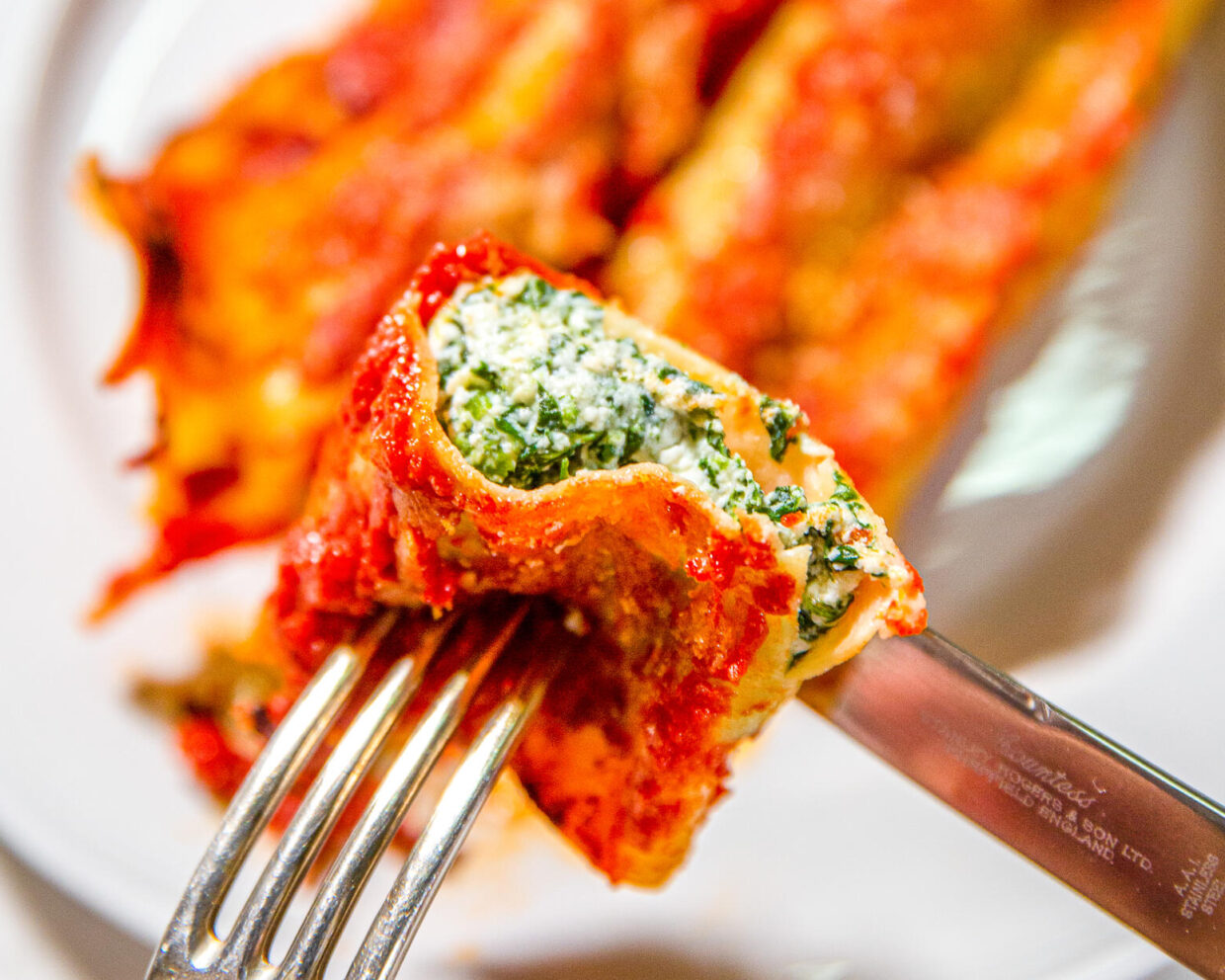
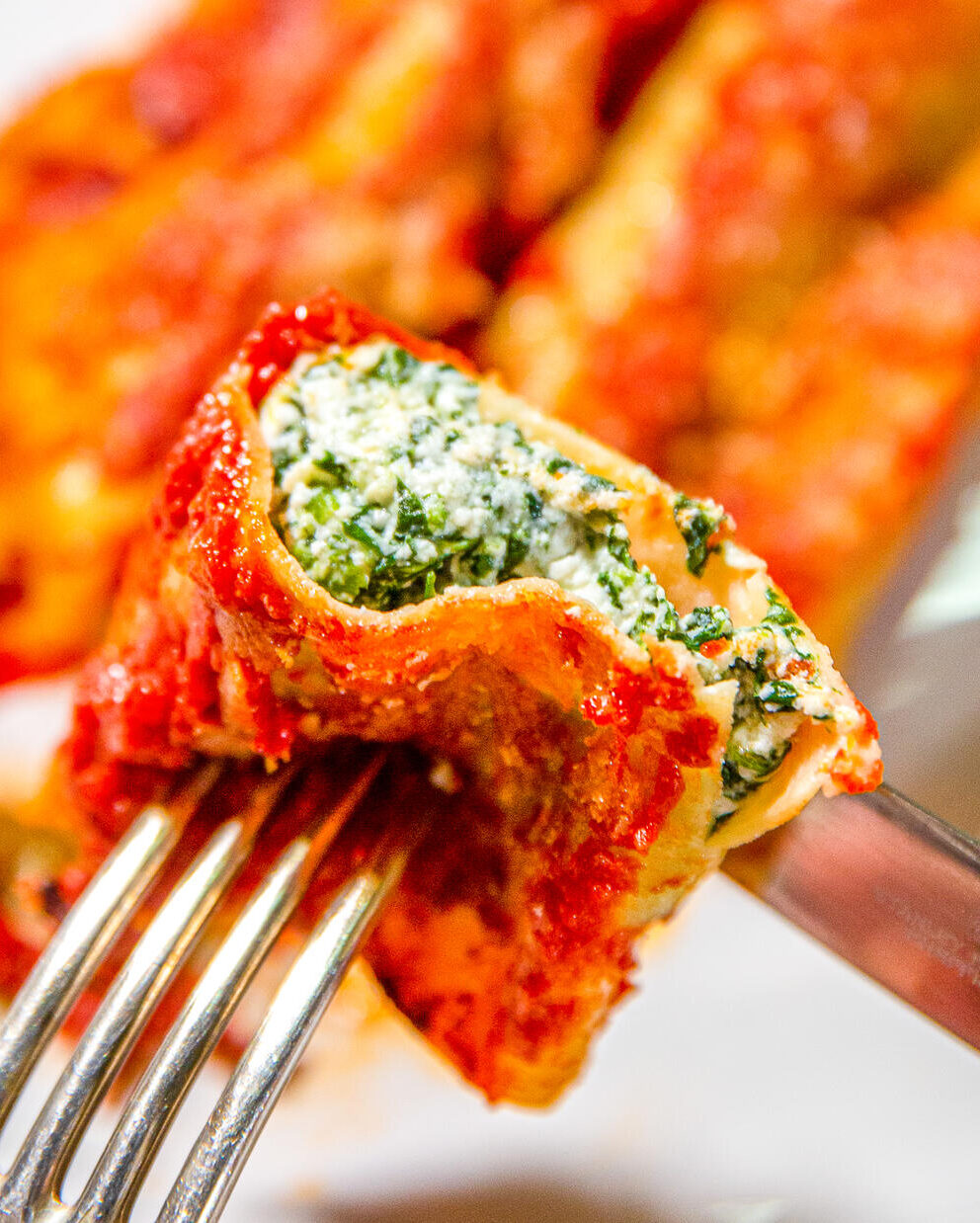
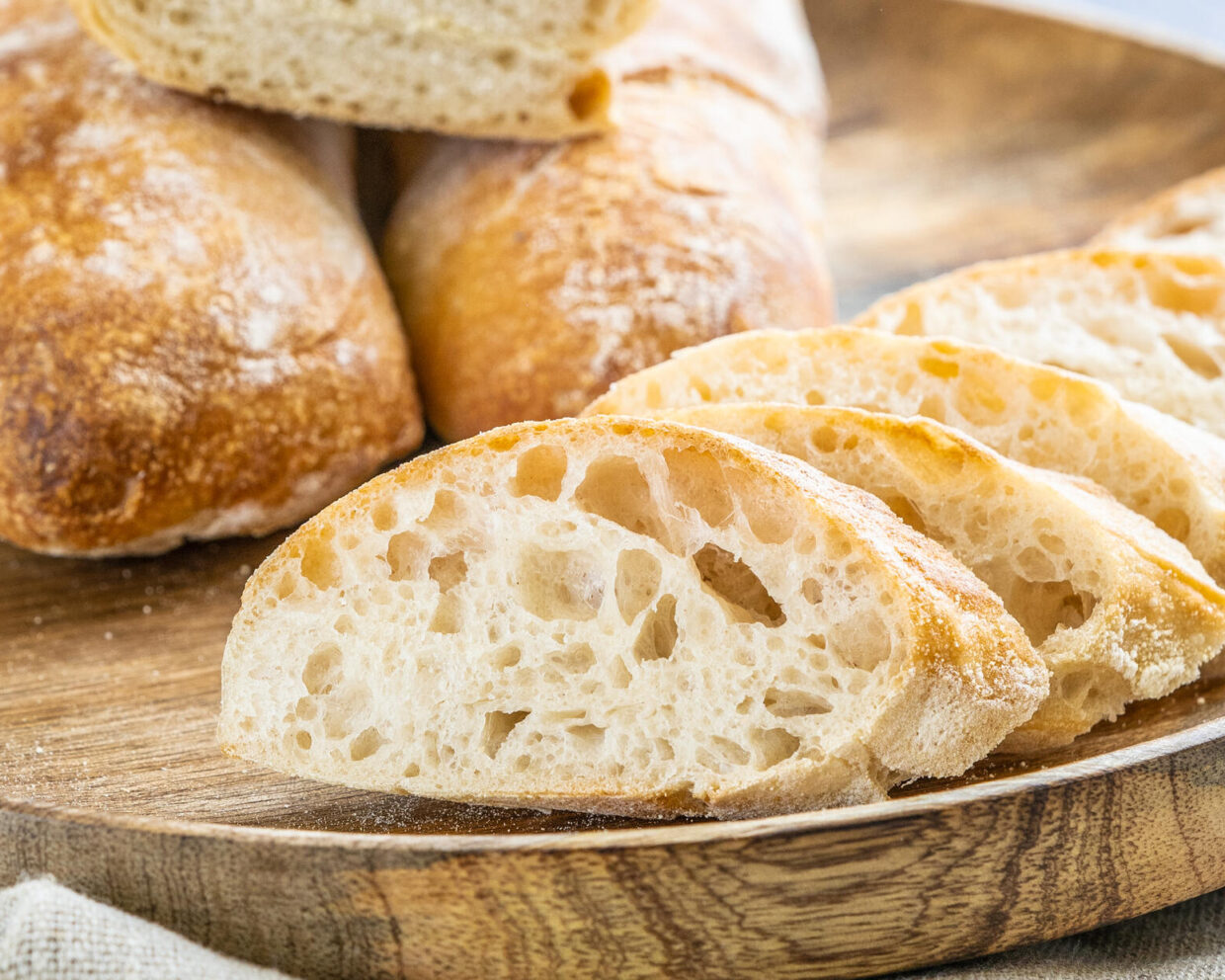
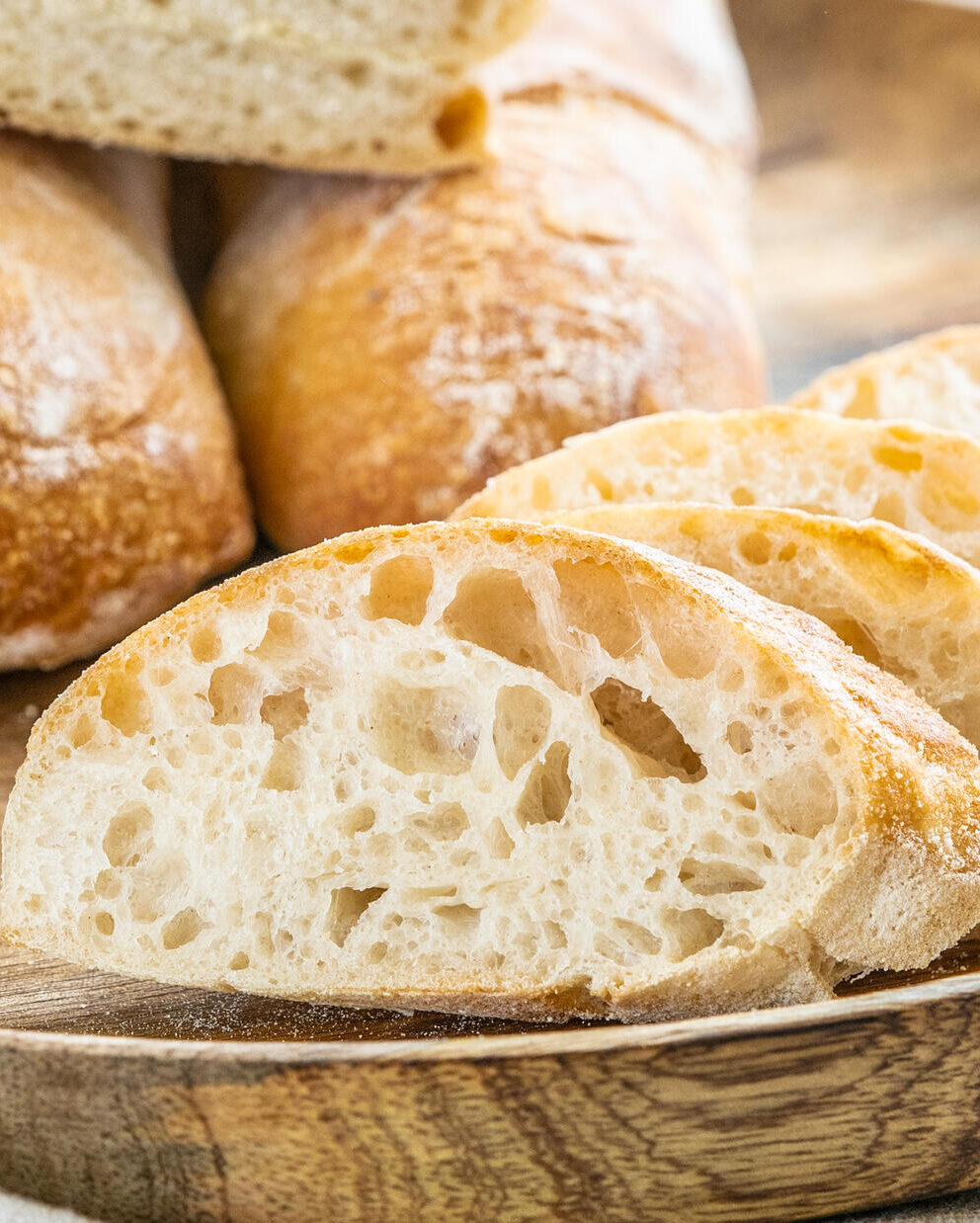
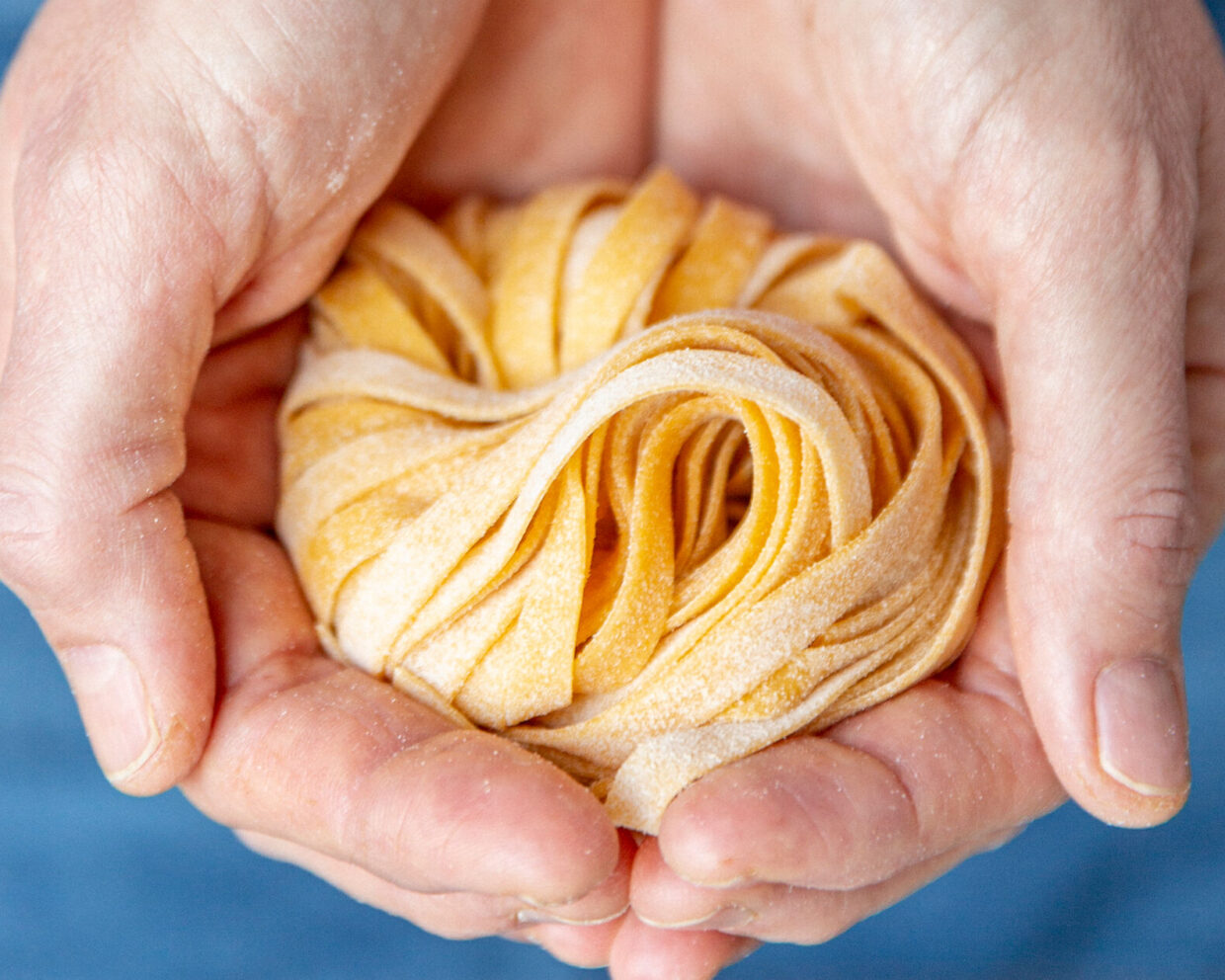
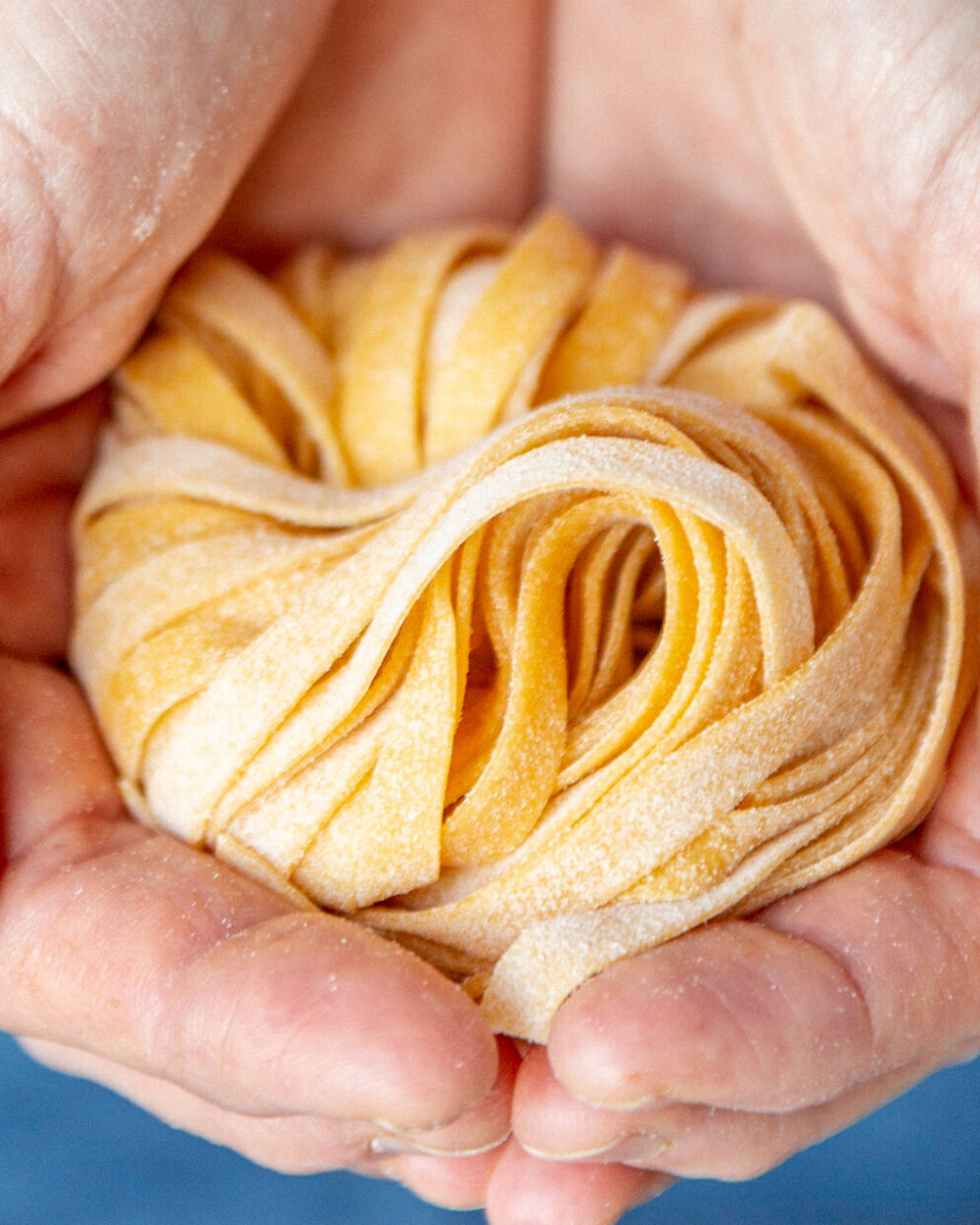
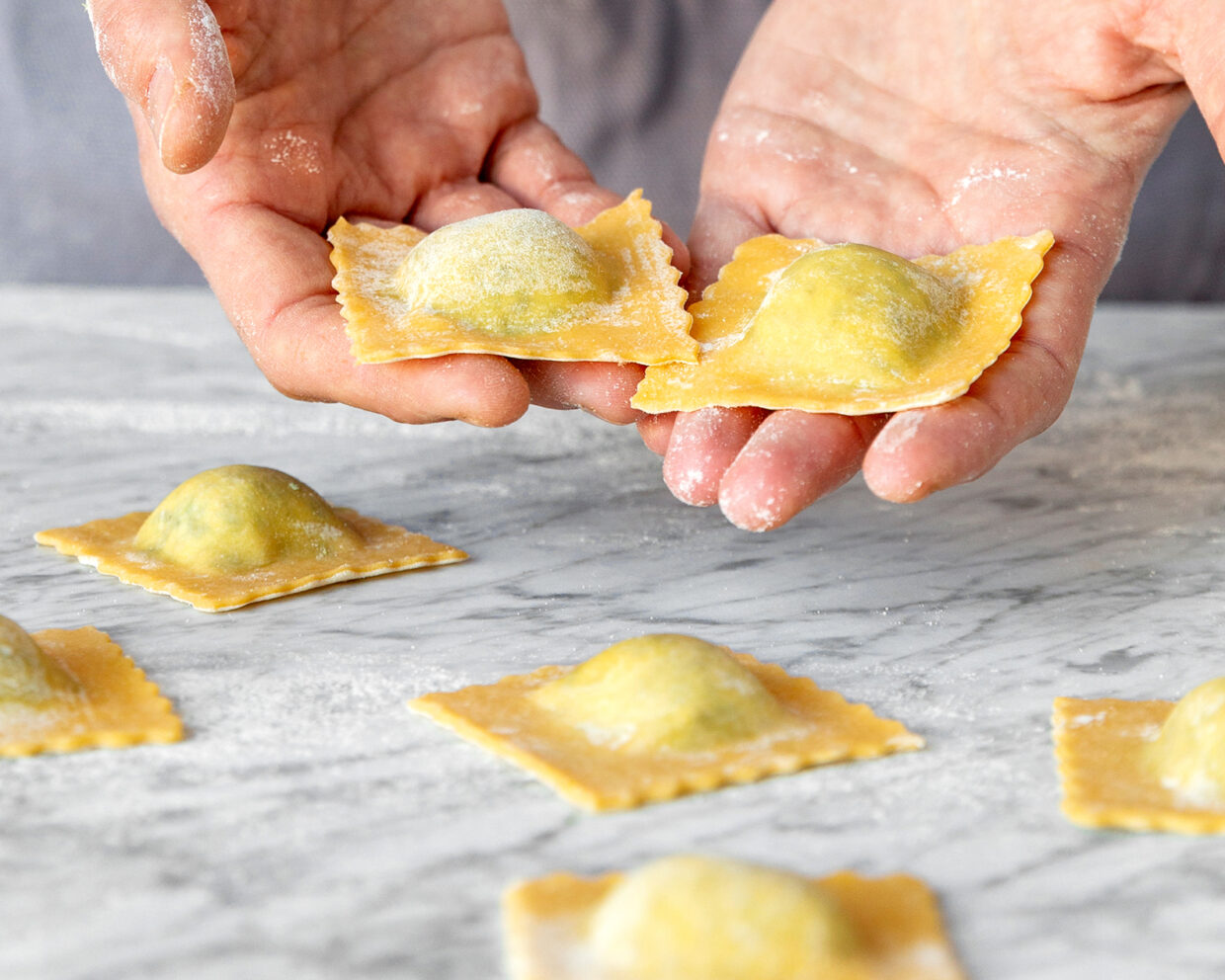
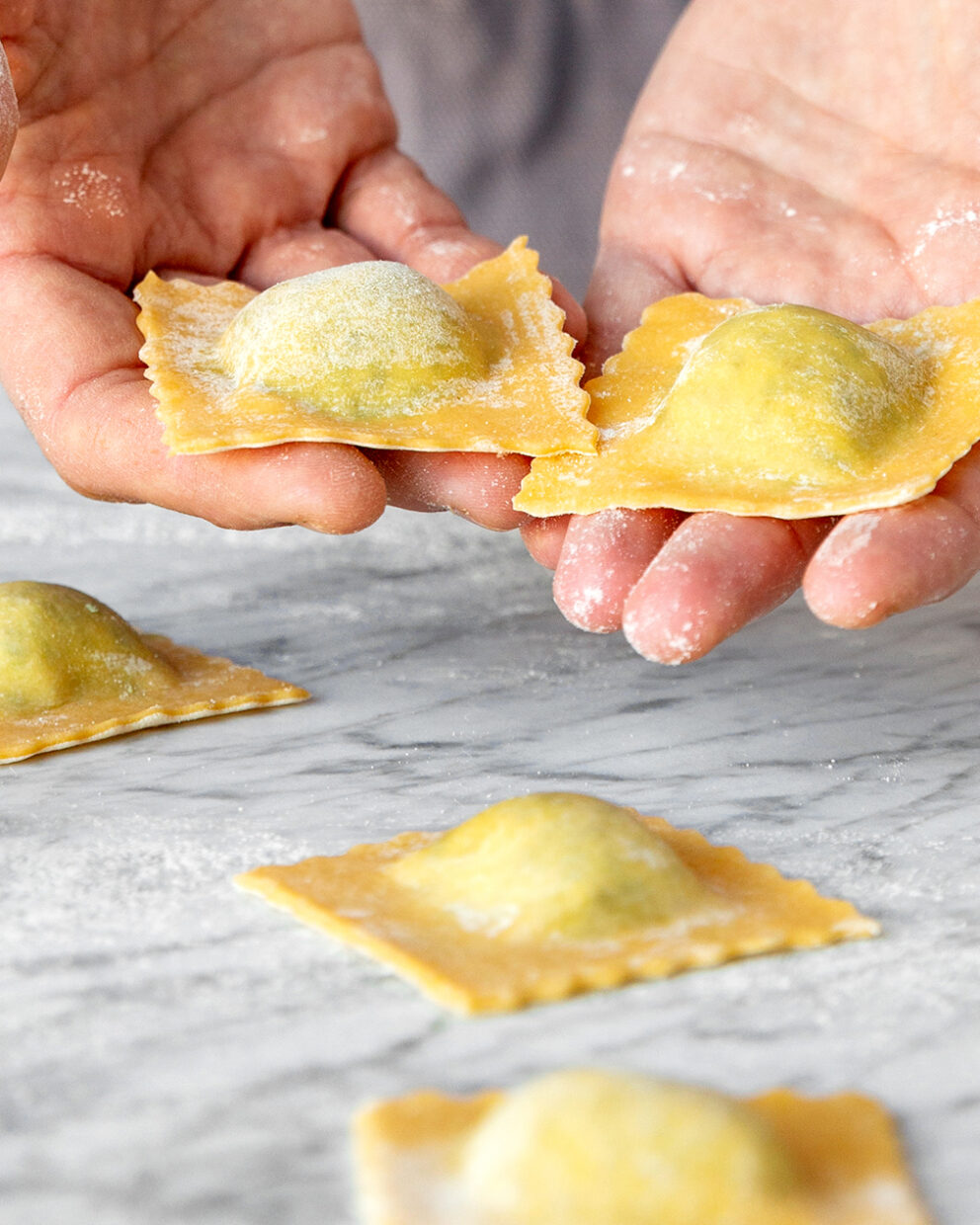
Want to share your thoughts? We're excited to hear what you think of the article. Tell us about your ideas, tips or questions! Leave a comment and share your knowledge with the community. Your opinion counts.
Write a comment